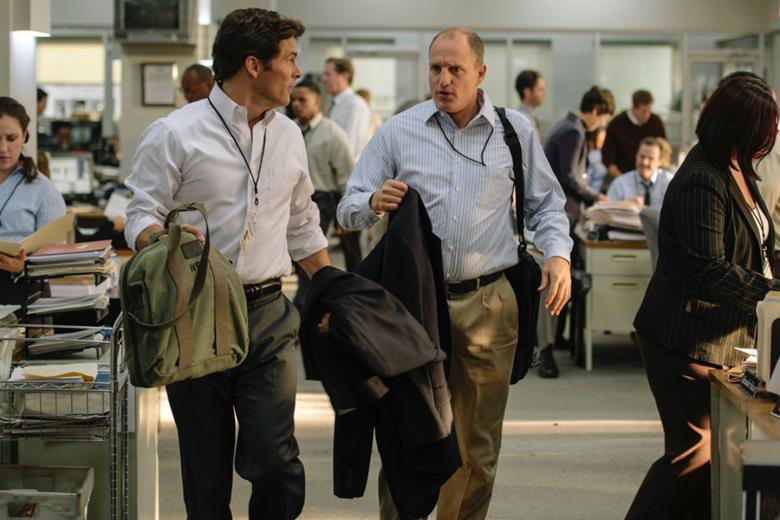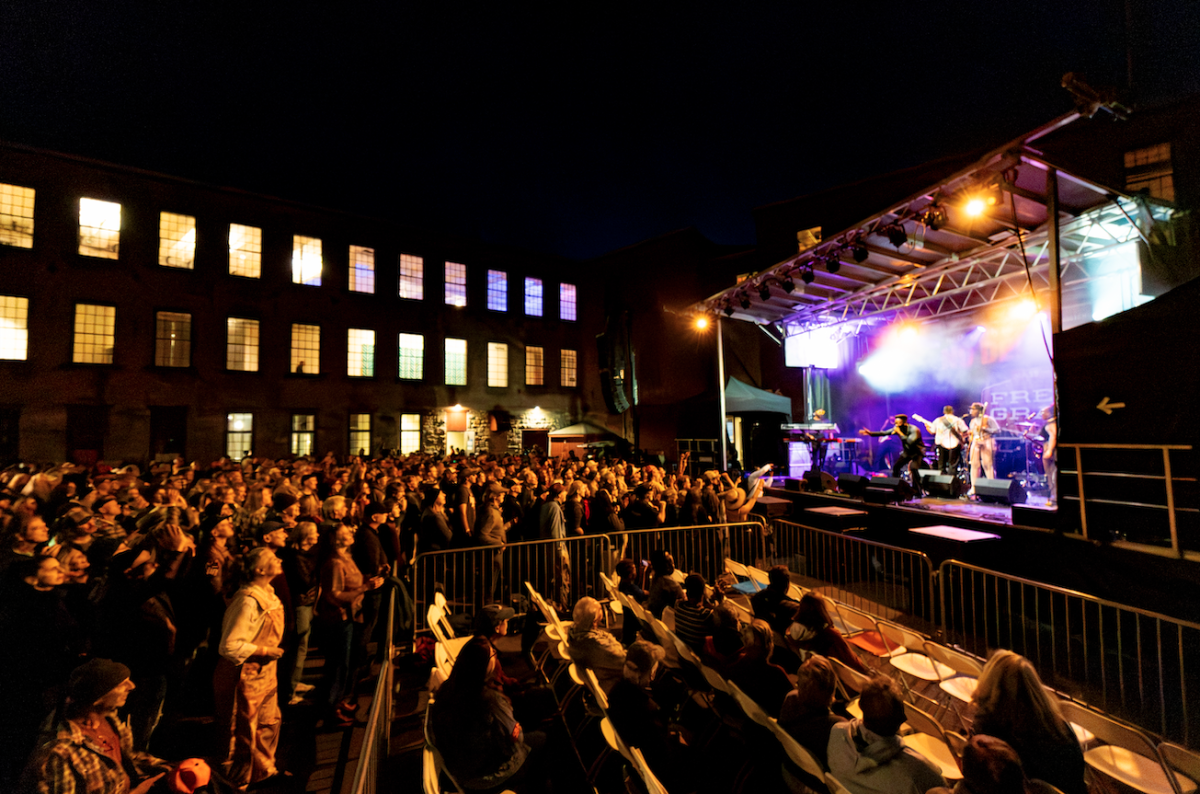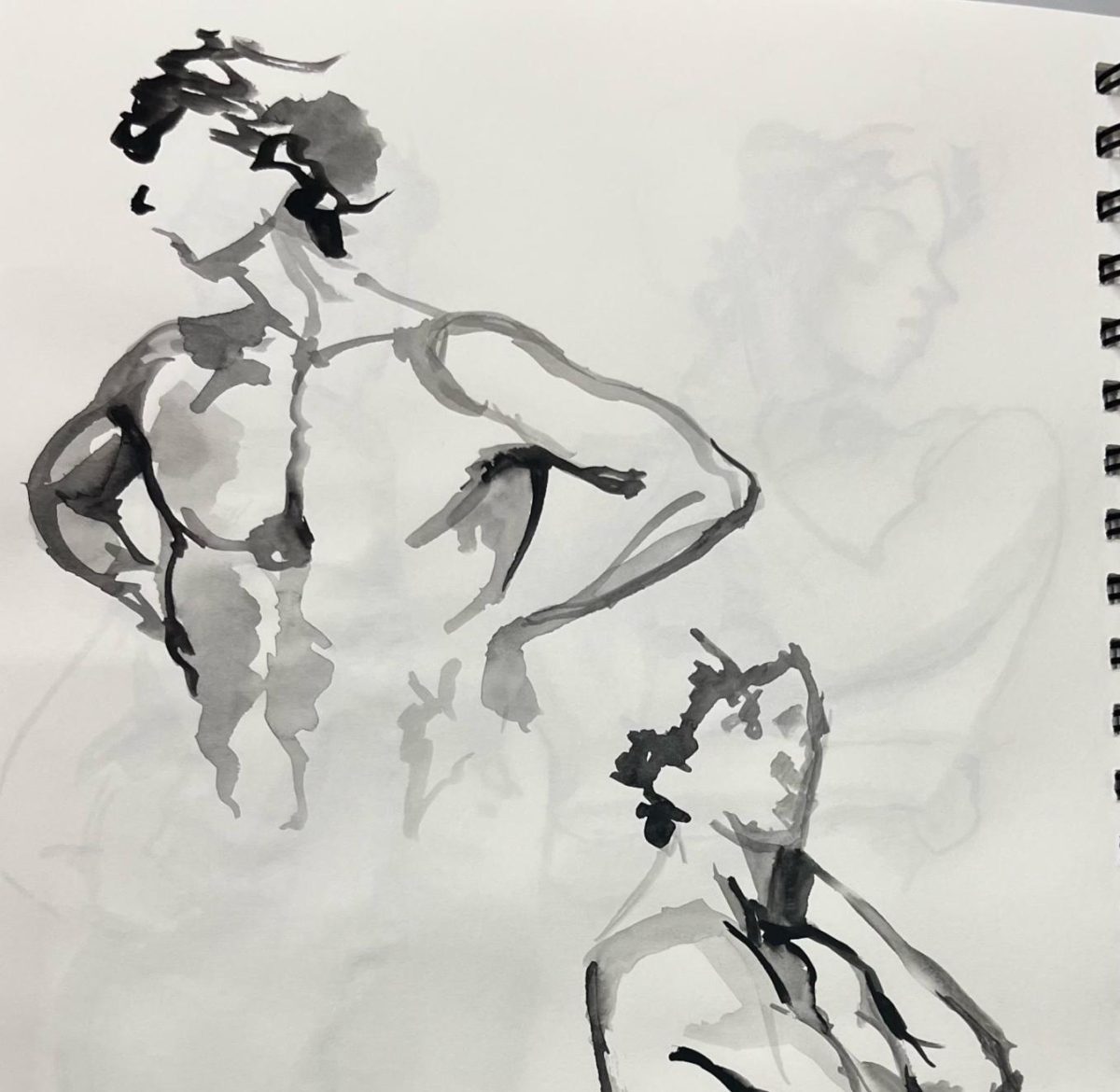
This film by Robert Reiner has a good story to tell, but unfortunately comes off as derivative.
Shock and Awe, which opened at Images last week, is a new film by director Rob Reiner that tells the true story of the courageous journalists who challenged the narrative propagated by the George W. Bush Administration and the mainstream media leading up to the 2003 invasion of Iraq. The journalists, working for the now-defunct publishing company Knight-Ridder, were harassed, discredited and insulted as unpatriotic by readers and fellow journalists alike for questioning the invasion in the hyper-nationalist post-9/11 atmosphere, but in spite of this adversity they held firm and continued to report the truth.
Tragically, Knight-Ridder’s warnings went unheeded and America barreled headlong into a costly and regrettable war in Iraq in March of 2003. When the dust finally settled after years of conflict, countless lives had been lost, trillions of dollars had been spent and not a single weapon of mass destruction had been found. Only in hindsight would the world realize that Knight-Ridder and their lead editor John Walcott ’71 (portrayed in the film by director Rob Reiner) had been right about Iraq all along. Shock and Awe seeks to tell this important and timely story about journalism and political power in America.
The story behind Shock and Awe is nothing short of inspirational. However, despite the power and relevance of its underlying story, Shock and Awe falls short as a film. Choppy pacing and underwhelming performances from some Hollywood veterans are partially to blame, but Shock and Awe’s critical flaw is something more insidious: it is a film with an identity crisis, unable to state clearly and confidently what kind of story it wants to be. This crisis underlies much of Shock and Awe’s story, and it can be felt acutely from the film’s opening moments.
Shock and Awe opens on the morning of September 11th, 2001. The North Tower of the World Trade Center has just been hit, a plume of smoke billows from Lower Manhattan and America is in chaos. In the middle of this familiar but no less tragic scene we are introduced to Walcott, who emanates strength, stoicism and a grisled “been-there” attitude as he placates his writers and turns them towards the critical task ahead: finding out who was behind the attacks. It’s a tense, emotional moment, and Walcott’s rousing speech seems to be hitting all the right notes, when suddenly reporter John Landay (played by Woody Harrelson) barges into the room dressed in a full Lance Armstrong getup, bike shorts and all, and exclaims wildly “It was Al-Qaeda!”
Whether Landay actually arrived at work in full cyclist’s clothes on the morning of September 11th, 2001 or whether the director was simply looking to provide a little comic relief I can’t say, but what is abundantly clear is that Harrelson’s bombastic entrance was completely discordant with the emotional scene that had been developing and the serious tone that Shock and Awe had established. This isn’t to say that there can’t be moments of levity in a film about a tragedy. On the contrary, I believe that this is a synthesis that other films in the genre such as The Post and All the President’s Men have used to great effect. However, if one is bold enough to attempt to mix levity into a film about 9/11 and the invasion of Iraq, two things are necessary: finesse and proportionality.
Unfortunately, Shock and Awe demonstrates a mastery of neither. Jokes are goofy, crude and on the nose. Romantic subplots are tossed in needlessly, explored shallowly, and brought to no satisfying conclusion. These aspects of the film are cringe-worthy to be sure, but what makes them capital offenses is how poorly they pair with the harrowing imagery of soldiers wounded in Iraq or the teary-eyed speeches about journalistic integrity given by Walcott. Shock and Awe shifts in tone so frequently and so drastically that even Hollywood standouts Woody Harrelson, James Marsden and Tommy Lee Jones can’t seem to bridge the gap. As a result, Shock and Awe is an unremarkable film, despite its remarkable source material.








